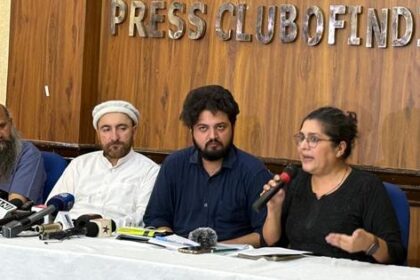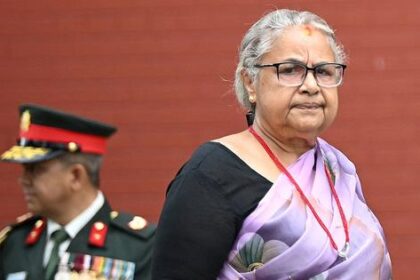Current migration policies hinder the influx of much-needed skilled workers, impacting economic growth.
Australia’s permanent migration system has been described as incoherent, inefficient, and in some instances, unlawful. A significant concern is that it delivers a limited number of new skilled workers while being overwhelmed by family visa applications that, by law, should not be capped. This contradiction raises questions about the integrity of the migration programme, which is presented to the public as both capped and demand-driven.
The current structure of the migration programme necessitates two fundamental reforms. First, it is vital to acknowledge the essential role that temporary migrants play in the skilled workforce. Second, there is a pressing need to separate skilled migration from family migration, redefining the focus of migration policy primarily on skills rather than family reunification.
Public perception often equates skilled migration with the Permanent Migration Programme, but this is misleading. The permanent intake is limited to 185,000 individuals each year, with approximately 30% allocated for family visas. When considering family and secondary applicants, over 60% of permanent visas are actually family-related, a stark contrast to the figures presented by the government. Furthermore, only a small portion, about 12%, of genuinely new skilled arrivals comes from offshore; the majority are already present in Australia on temporary visas.
Temporary migrants, particularly international students, graduates, and working holiday makers, have become the backbone of skilled labour in Australia. Over the past three years, 84% of the increase in skilled employment has derived from these groups, who are now instrumental in filling roles in high-skill occupations such as management and professional sectors. Contrary to the perception that they mainly occupy low-skill positions, census data indicates that more than half of graduate visa holders work in high-skill fields.
However, these students and graduates face significant barriers in transitioning to permanent residency. Many find themselves trapped in a “Catch-22” situation: they require permanent residence to secure skilled work, yet they cannot obtain permanent residency without having skilled employment. This cycle results in wasted talent and diminished productivity. The construction sector, in particular, is experiencing a critical shortage of tradespeople, with a deficit of 130,000 workers in various trades, while only a minimal number are entering through the permanent programme.
To address these challenges, a dual strategy is required: expanding domestic apprenticeships and increasing the influx of skilled migrants through more effective employer-sponsored visas. The current permanent programme is under pressure, with nearly 100,000 applications pending processing against only 44,000 available places. This imbalance has led to delays and a decline in confidence in the migration system.
Additionally, family visas, while legally entitled to be demand-driven, are effectively capped within annual limits, creating backlogs and hardship for many families. The inconsistency in processing times between partners of skilled migrants and Australian citizens exacerbates the issue, leading to long waiting periods and strained relationships.
To improve the system, it is crucial to redefine the Permanent Migration Programme to focus solely on Skilled Stream primary applicants. This change would prioritize skilled migration and process family visas in accordance with legal obligations, restoring confidence in the system and ensuring that Australia meets its long-term economic and social needs.








